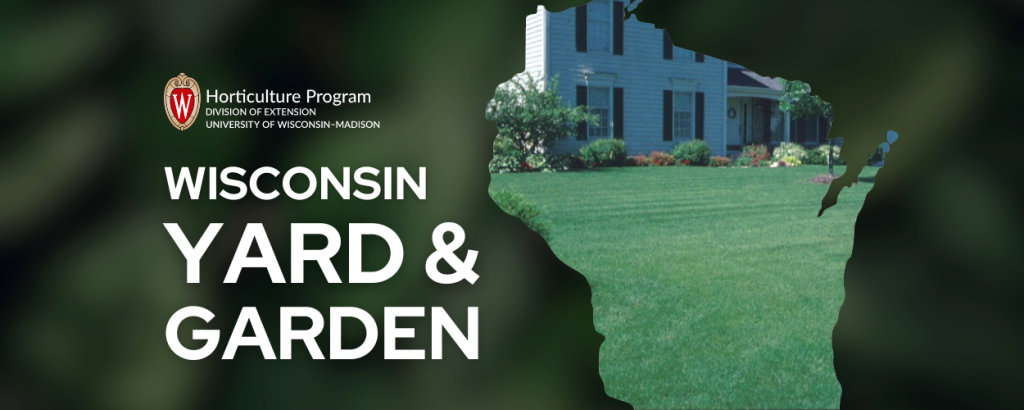
Early September is an ideal time for fertilizing lawns. Properly fertilized lawns will not only look better but will have fewer issues with weeds and certain disease problems. Key decisions to be made include choosing quality fertilizers and applying the correct amount to your lawn.
Nitrogen, which provides green color and improves lawn density, is the main nutrient to add when fertilizing lawns. Wisconsin law limits phosphorus application on lawns to newly established lawns or lawns where soil test results show phosphorus deficiency. Similarly, potassium, available in winterizer fertilizers sold in fall, is not necessary to add in any significant amounts unless soil test results indicate deficiencies.
How do you choose a quality nitrogen fertilizer for your lawn? Refer to the guaranteed analysis section on the bag, usually on the back, which provides details about nitrogen and other nutrients in the package. Look for controlled-release nitrogen in the product. Controlled-release nitrogen, often referred to as slow-release or extended feeding on the package, will release smaller amounts of available nitrogen over a longer period, providing uniform lawn growth.
Examples of specific controlled-release nitrogen sources found in fertilizers include sulfur-coated urea, ureaform, coated urea, IBDU, and activated sewage sludge. Some products, in particular organic materials, may use the term water insoluble nitrogen, or WIN. These are all examples of good nitrogen fertilizer sources for use on lawns. Although they are more costly, controlled release nitrogen fertilizers are highly suggested for overall lawn health, and these benefits support the higher cost.
After purchasing a quality fertilizer, how much should be applied to a lawn? Apply about one pound of actual nitrogen for every 1,000 square feet of lawn. As an example, a fertilizer with 20 percent nitrogen (first of the three numbers on the bag) requires five pounds of fertilizer product to supply this one pound. Also to assist you, fertilizer labels often have suggested setting guides and indications on the lawn coverage the bag will provide, usually based on the one-pound nitrogen rate.
When using nitrogen fertilizers, take your time and use caution to both uniformly apply correct amounts and make sure the fertilizer is applied only to the lawn. Avoid fertilizer landing on impervious surfaces, as this creates potential problems with nutrients washing into storm drains, waterways, or other non-target areas. Research shows turfgrass is very efficient at holding nutrients in place, not running off, if fertilizer is applied directly to lawns.
Regardless of the overall annual fertilization level, early September is a key time to add nitrogen by fertilizing your lawn. For more information on lawn care practices for Wisconsin lawns, refer to our Wisconsin Lawn Care Calendar.

About the Author
Bruce Spangenberg is a Horticulture Outreach Specialist with UW-Madison Division of Extension. Get answers to your lawn, landscape and garden questions anytime at “Ask Your Gardening Question.”




